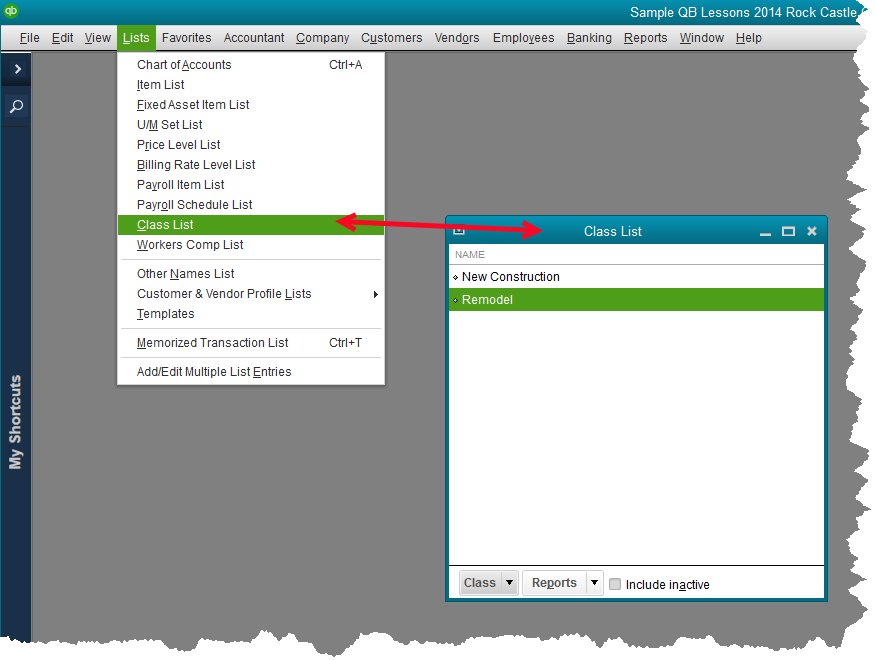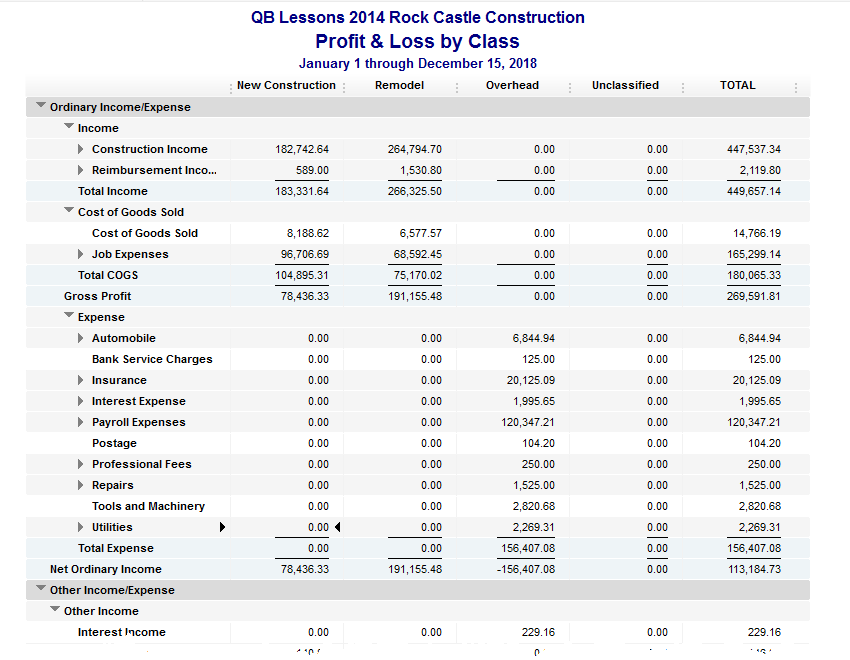Blog 
Click here to go back
We’ve Grown! Do I Need Another QuickBooks?

So, your business or organization is growing? You need to track more than one department or location or grant?
Do you need another QuickBooks?
No, you don’t. It’s a common question, but it almost never results in purchasing another QuickBooks license. For most people then, the question comes down to: Do you need a separate QuickBooks company file?
Generally, if your new enterprise has a different tax ID number, separate asset and liability accounts like bank accounts and buildings/equipment, you may want to create a new company file. But you don’t need to buy anything to do that.
The more common scenario is an organization wants to track separate business departments or locations, or a non-profit wants to track the income/expense tied to separate grants.
QuickBooks has a feature to solve these situations.
Classes in QuickBooks
QuickBooks has a feature called Classes. If you’re going to use it, you first need to turn it on to make it available.

The screenshot shows where to select the option to use Classes. If you are going to make this choice, you almost certainly want the option to Prompt to assign classes as well.

With the Preference set, you now have a new list on the Lists dropdown menu. In the QuickBooks sample file, the two classes already established are New Construction and Remodel.
Creating a new class is simple. See the screenshot below. Really, you only need a name.

You can also add a new class ‘on-the-fly’ by typing in a new name as a new transaction is entered.

The main benefit in using this feature is keeping the chart of accounts from becoming overwhelmingly large, and the ability to create reports that are far more readable than using the chart of accounts as the only set of ‘buckets’ in which to categorize income and expense.

While the QuickBooks sample file gives a very limited example of how the class feature is used, it’s enough to visualize how this could benefit your organization. Instead of having expense accounts for Cost of Goods Sold, New Construction, and another expense account for Cost of Goods Sold, Remodel, there is only one Cost of Goods Sold account. Transactions posting to that account are then categorized, using the class feature, as New Construction or Remodel, and as many additional classes as you think necessary.
The reports are eminently more readable.
Some Additional Considerations
* Class should be used for only one strategy. That is, to break up business operations by location or grant. If you use class for grant, and also for location for instance, the reports fail to be very informative.
* If you opt to use class, create a class for General, or Administrative, or similar. That way, even transactions that don’t fall neatly into one of your main classes can be categorized by class. This way, when you create a Profit and Loss by Class report, and you see transactions in the Uncategorized column, you that’s an error and you can open and fix those transactions.
* Class works for income and expense accounts creates a great profit and loss report broken down by these additional criteria. It is very complex and rarely works well with balance sheet accounts. So, it won’t help you if your organization needs separate balance sheets.










